Best Practices and Templates for Angry Customer Emails 2025

Handling angry customer emails can feel overwhelming, but it’s a critical part of maintaining loyalty and trust. When you respond with empathy and clarity, you show customers they matter. Using structured templates and best practices makes this process smoother. Templates save time, ensure clear communication, and help de-escalate tense situations. For example:
- Pre-designed templates speed up responses and reduce errors.
- Personalization and proactive updates build trust and satisfaction.
- Clear timelines for resolutions prevent frustration.
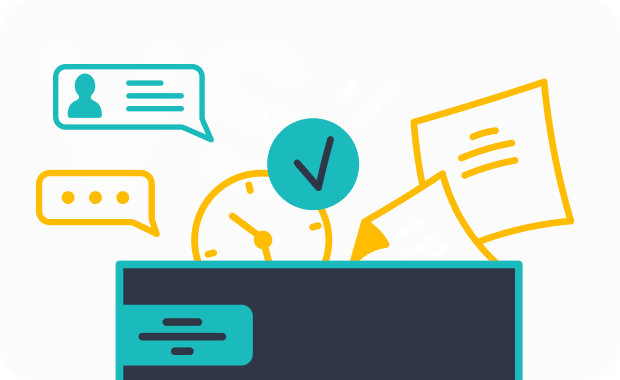
With tools like Sobot’s ticketing system, you can streamline communication and focus on delivering exceptional service. Knowing how to respond to an angry customer effectively can turn a negative experience into a positive one.
Key Principles for How to Respond to an Angry Customer
Show Empathy and Acknowledge Frustration
When a customer is upset, the first thing they want is to feel heard. Expressing genuine empathy can go a long way in calming their frustration. Start by acknowledging their feelings and letting them know you understand their concerns. For example, phrases like, "I understand how frustrating this must be for you," can immediately make the customer feel valued.
| Strategy | Description |
|---|---|
| Listen Actively and Empathize | Engaging fully with the customer and acknowledging their concerns fosters rapport and understanding. |
| Apologize and Take Responsibility | A sincere apology can diffuse tension and shows commitment to customer satisfaction. |
| Provide Clear Solutions | Offering actionable solutions gives customers a sense of control over the resolution process. |
| Stay Calm and Professional | Maintaining professionalism increases customer loyalty, especially in high-tension situations. |
| Empathize and Validate | Expressing empathy significantly boosts customer satisfaction by acknowledging their feelings. |
By showing empathy, you not only de-escalate the situation but also build trust, which is essential when you respond to frustrated customer emails.
Take Accountability and Offer Solutions
Taking responsibility for a mistake shows integrity and reassures the customer that their issue matters. When you admit an error and offer solutions, you demonstrate a commitment to resolving the problem. For instance, sending a confirmation receipt or follow-up email can help clarify misunderstandings and build trust.
- Taking accountability through confirmation receipts fosters a culture of responsibility, enhancing customer trust.
- Confirmation receipts minimize misunderstandings by ensuring messages are acknowledged.
- Providing tangible proof of transactions enhances transparency, which is vital for customer confidence.
When you offer solutions, focus on being clear and actionable. Let the customer know exactly what steps you’re taking to resolve their issue and how long it will take. This approach not only resolves the problem but also strengthens your relationship with the customer.
Maintain Professionalism in All Communications
Professionalism is key when dealing with angry customers. Even if the tone of their email is harsh, your response should remain calm and respectful. A professional tone helps prevent the situation from escalating and ensures a productive conversation.
- 95% of unhappy customers share bad experiences with others. Professional communication can prevent this.
- Timely responses, empathy, and responsibility are essential for improving customer satisfaction.
By staying professional, you show the customer that you’re focused on solving their issue, not engaging in conflict. This approach can turn a negative experience into a positive one.
Use Clear and Concise Language
Clarity is crucial when responding to angry customers. Avoid jargon and keep your sentences short and to the point. This reduces misunderstandings and helps the customer focus on the solution.
| Template | Description |
|---|---|
| Template 5 | Provides clear information and explanation to clarify misunderstandings, guiding customers on next steps. |
| Template 6 | Acknowledges issues, clarifies misunderstandings, and offers solutions to restore trust. |
| Template 7 | Outlines steps toward resolution, ensuring transparency and demonstrating a proactive approach. |
Using clear language not only improves communication but also shows respect for the customer’s time. When you respond to frustrated customer emails with clarity, you make it easier for them to trust your intentions and follow your guidance.
Step-by-Step Guide to Handle Angry Customers via Email
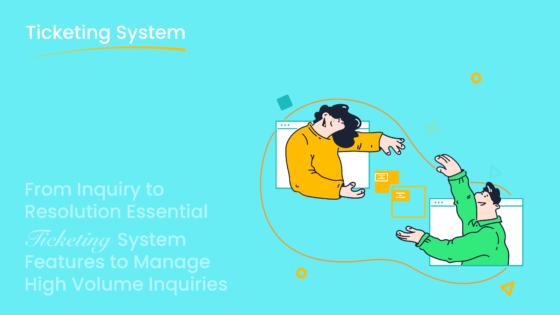
Carefully Read and Understand the Customer’s Email
The first step in handling angry customers is to carefully read their email. This ensures you fully understand their concerns before responding. Skimming through an email might cause you to miss critical details, leading to further frustration. Take your time to identify the root of the issue and any emotions expressed.
Did you know that 83% of customers feel more loyal to brands that listen and resolve complaints effectively? Thoroughly reading their email helps you achieve this. It also improves your first contact resolution (FCR) rate, a key metric in customer service. When you address their concerns accurately the first time, you save time and build trust.
Research the Issue Using Tools Like Sobot’s Ticketing System
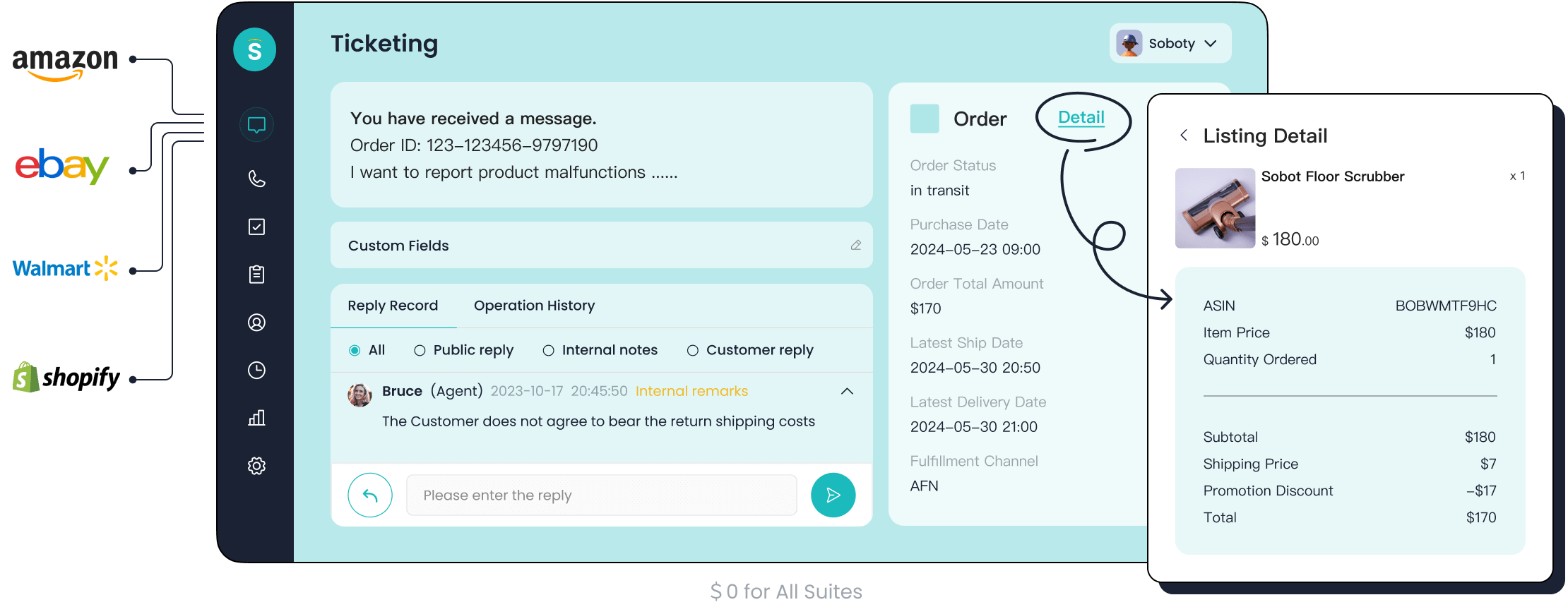
Once you understand the problem, research it thoroughly. Use tools like Sobot’s Ticketing System to gather all relevant information. This system integrates customer data, past interactions, and communication channels into one platform, making it easier to investigate issues. For example, Mallory Williams, an educator, reported faster response times and better issue management after adopting Sobot’s system.
By automating ticket assignments and providing a unified view of customer interactions, Sobot’s Ticketing System allows you to focus on resolving the issue rather than searching for information. This efficiency not only saves time but also enhances customer satisfaction.
Personalize Your Response to Address Specific Concerns
Generic responses can make customers feel undervalued. Instead, personalize your email to show you’ve taken their concerns seriously. Use their name, reference their specific issue, and acknowledge their frustration. A sincere apology goes a long way in calming an upset customer. For instance, saying, “I’m truly sorry for the inconvenience caused by the delayed delivery,” shows empathy and accountability.
Personalization demonstrates that you care about their experience, which is crucial in customer service. It also helps de-escalate tense situations and fosters loyalty.
Provide a Clear Resolution and Next Steps
After addressing their concerns, outline a clear resolution. Let them know what actions you’re taking and when they can expect results. Research shows that even small improvements in resolution rates significantly boost customer satisfaction. For example, if a refund is being processed, specify the timeline: “Your refund will be credited to your account within 3-5 business days.”
Clarity and transparency build trust. When customers know what to expect, they feel more confident in your ability to handle their issues.
Follow Up to Ensure Customer Satisfaction
Following up is the final step in handling angry customers. After resolving their issue, send a quick email to confirm they’re satisfied. This simple gesture shows you value their feedback and care about their experience. Statistics reveal that 96% of customers consider customer service crucial to brand loyalty, and 71% believe quick responses improve their experience.
A follow-up email can include a brief survey or a note like, “We hope the issue has been resolved to your satisfaction. Please let us know if there’s anything else we can assist you with.” This proactive approach strengthens your relationship with the customer and enhances their loyalty.
Email Templates for Angry Customers

When dealing with angry customers, having the right email templates can save you time and ensure your responses are both professional and effective. Let’s explore some personalized email templates for common customer complaints.
Template for Delayed Orders
Delays happen, but how you communicate them makes all the difference. A well-crafted email response template can reassure your customers and reduce frustration. For example:
Subject: Update on Your Order
Dear [Customer Name],
We sincerely apologize for the delay in delivering your order. We understand how important this is to you. Our team is working hard to ensure your order arrives by [specific date]. Thank you for your patience. Please let us know if there’s anything else we can assist you with.
Best regards,
[Your Name]
Companies like Bagallery saw a 3x increase in delivery speed by using email templates, while Jetson reduced resolution time by 30%. Templates like this also help decrease first response time, which boosts customer satisfaction.
Template for Wrong Items Delivered
Mistakes happen, but a quick and sincere response can turn things around. Here’s a template to address this issue:
Subject: Resolution for Your Recent Order
Dear [Customer Name],
We’re truly sorry for the mix-up with your order. We’ve arranged for the correct item to be shipped immediately, and you’ll receive it by [specific date]. Please feel free to keep the incorrect item or return it using the prepaid label we’ve included. Thank you for bringing this to our attention.
Warm regards,
[Your Name]
Using templates for wrong items ensures consistency and efficiency. They also reduce follow-up emails by providing clear next steps and updated timelines.
Template for Poor Service Experiences
When customers feel let down, your response can make or break their trust. A thoughtful email template can show you care:
Subject: Apologies for Your Recent Experience
Dear [Customer Name],
We’re sorry to hear about your recent experience with us. Your feedback is invaluable, and we’re taking steps to ensure this doesn’t happen again. As a token of our apology, we’d like to offer you [discount/refund]. Please let us know if there’s anything else we can do to make things right.
Sincerely,
[Your Name]
Research shows that 83% of customers remain loyal to brands that resolve complaints effectively. A personalized email template like this can turn a negative experience into a positive one.
Template for Refund or Compensation Requests
Refund requests can be tricky, but a clear and professional response can simplify the process. Here’s an example:
Subject: Refund Request Confirmation
Dear [Customer Name],
Thank you for reaching out. We’ve processed your refund request, and the amount will be credited to your account within [specific timeframe]. We apologize for any inconvenience caused and appreciate your understanding. Please don’t hesitate to contact us if you have further questions.
Best regards,
[Your Name]
Templates like this ensure quick responses and maintain a professional tone. They also encourage feedback, which can lead to service improvements.
Template for General Complaints or Feedback
For general complaints, a flexible template can address a wide range of issues. Here’s a suggestion:
Subject: Thank You for Your Feedback
Dear [Customer Name],
We appreciate you taking the time to share your thoughts with us. Your feedback helps us improve and provide better service. Our team is reviewing your concerns and will get back to you with a resolution by [specific date]. Thank you for helping us grow.
Kind regards,
[Your Name]
A structured approach to handling complaints—like categorizing and analyzing them—can help you prioritize and resolve issues effectively. This not only improves customer experience but also strengthens your brand reputation.
Tips for Writing Effective Email Response Templates
Use a Calm and Professional Tone
When responding to customer complaints, your tone can make or break the interaction. A calm and professional tone reassures customers that their concerns are being taken seriously. Start by addressing them by name—it adds a personal touch. Then, keep your message clear and concise. For example, instead of saying, "We’re looking into it," try, "We’re reviewing your case and will update you by [specific date]."
Here are some best practices to keep in mind:
- Personalize your response by using the customer’s name.
- Show empathy with phrases like, "I understand how you feel."
- Avoid overly casual language, as it might seem dismissive.
Interestingly, while 65% of customers prefer a casual tone, 78% react negatively if it feels like their concerns aren’t being taken seriously. Striking the right balance is key.
Avoid Jargon and Use Simple Language
Jargon can confuse customers and make them feel alienated. Instead, use simple, straightforward language that anyone can understand. For instance, instead of saying, "We’re escalating this to Tier 2 support," say, "Our team is reviewing your issue and will provide an update soon."
A study in the Journal of Language and Social Psychology found that using plain language increases engagement and trust. Here’s how you can simplify your communication:
- Break down complex ideas into smaller, digestible parts.
- Tailor your explanations to the customer’s knowledge level.
- Encourage questions to clarify any confusion.
By keeping things simple, you make it easier for customers to follow along and feel confident in your solutions.
Proofread for Grammar and Spelling Accuracy
Mistakes in your email can make you appear unprofessional. Before hitting send, take a moment to proofread. Look for typos, grammar errors, and awkward phrasing. Tools like Grammarly or Hemingway can help, but don’t rely on them entirely—read your email aloud to catch anything they might miss.
Even small errors can impact how customers perceive your brand. For example, a misspelled name or incorrect order number might make them feel undervalued. Double-checking your work shows that you care about the details, which builds trust and credibility.
Personalize Templates While Staying Consistent with Brand Voice
Templates save time, but they shouldn’t feel robotic. Personalize them by including the customer’s name, referencing their specific issue, and using a tone that aligns with your brand. For example, Apple’s emails emphasize simplicity and innovation, while Nike uses motivational language to connect emotionally.
Consistency in your brand voice is just as important. Whether you’re apologizing for a delayed order or addressing a complaint, your tone should reflect your company’s values. Sobot’s ticketing system can help by providing categorized templates that are easy to personalize while maintaining a consistent voice. This approach not only enhances trust but also strengthens customer engagement.
Benefits of Using Sobot’s Ticketing System for Angry Customer Emails
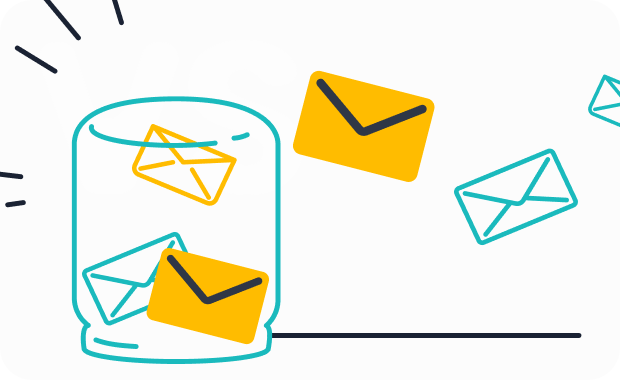
Streamlines Communication Across Channels
Managing customer complaints across multiple platforms can get messy. Sobot’s Ticketing System simplifies this by unifying all communication channels—email, voicemail, and chat—into one platform. This means you won’t have to juggle between tools to track a single issue. Everything you need is in one place, making it easier to respond quickly and accurately.
For example, if a customer emails about a delayed order and later follows up via chat, Sobot ensures all interactions are linked to the same ticket. This seamless integration reduces confusion and ensures no query slips through the cracks. By streamlining communication, you save time and improve the customer experience.
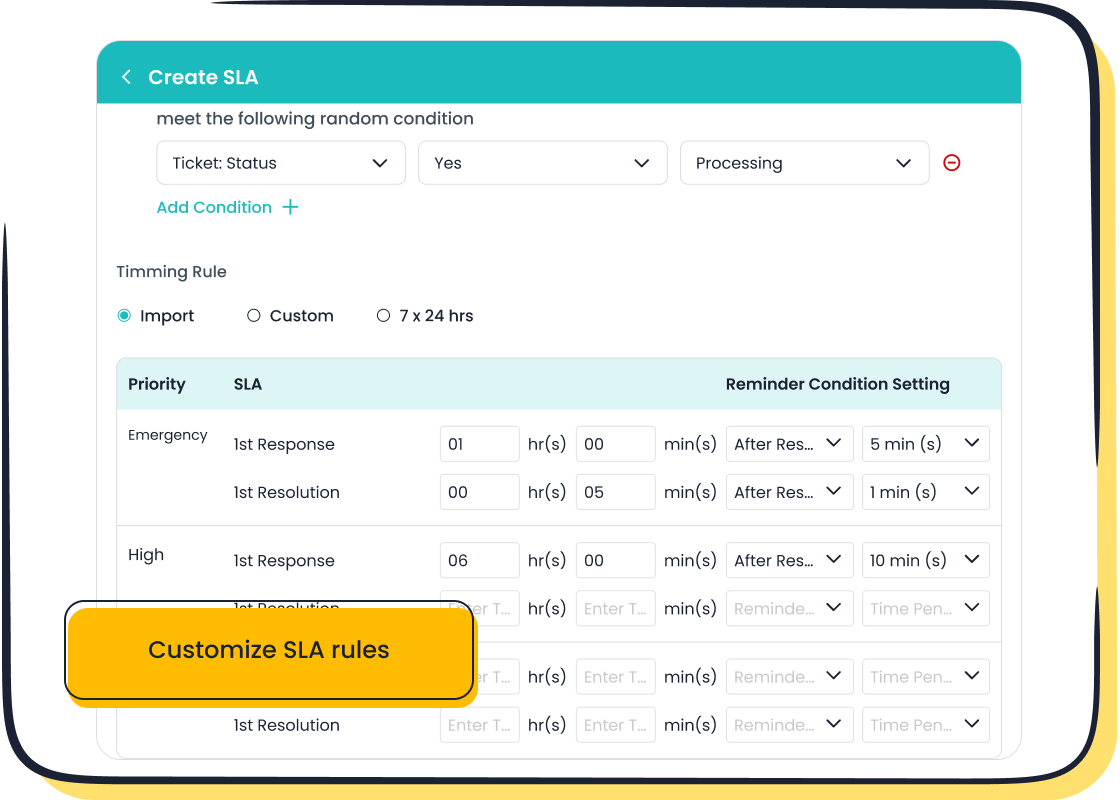
Automates Responses and Reduces Manual Effort
Responding to angry customer emails can be time-consuming, especially when dealing with repetitive issues. Sobot’s Ticketing System automates many tasks, like ticket creation, routing, and even sending canned responses. This means you can focus on resolving complex problems instead of handling routine tasks.
The system also prioritizes tickets based on urgency, ensuring critical issues get addressed first. For instance, if a customer requests a refund, the system can automatically assign it to the right agent with a high-priority tag. Automation not only speeds up response times but also reduces the chances of human error.
Enhances Customer Satisfaction Through Efficient Resolution
Quick and effective resolutions are key to keeping customers happy. Sobot’s Ticketing System helps you achieve this by providing tools to manage and resolve issues efficiently. Businesses like Deloitte and Maruti Suzuki have seen remarkable improvements:
| Case Study | Improvement Metric |
|---|---|
| Deloitte | 60% reduction in processing time |
| Maruti Suzuki | Engaged over 400,000 users, handled millions of queries |
When you resolve issues faster, customers feel valued and are more likely to stay loyal. Sobot’s system ensures you can deliver on this promise.
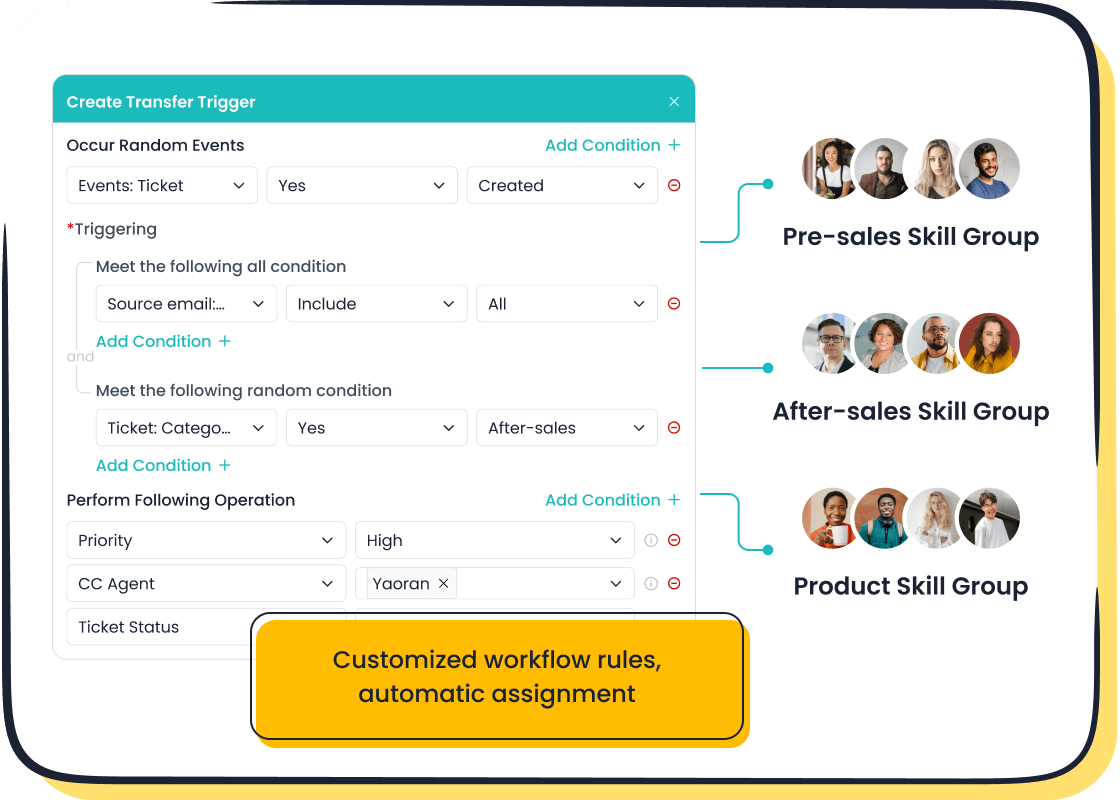
Provides Analytics to Monitor and Improve Performance
Understanding how your team performs is crucial for continuous improvement. Sobot’s Ticketing System includes a powerful analytics dashboard that tracks key metrics like response times and resolution rates. You can identify bottlenecks and make data-driven decisions to enhance your service.
- The system ensures no customer query goes unanswered, improving issue resolution.
- It automates ticket management, boosting efficiency and organization.
- The analytics dashboard offers insights into customer interactions, helping you spot trends and areas for improvement.
By monitoring performance, you can refine your processes and ensure your team consistently delivers top-notch service. This not only improves customer satisfaction but also strengthens your brand reputation.
Handling angry customer emails isn’t just about solving problems—it’s about showing empathy and maintaining professionalism. Clear communication builds trust and keeps customers loyal. Using tools like Sobot’s Ticketing System and structured email templates can save time and improve satisfaction. Start applying these practices today to turn challenges into opportunities for stronger customer relationships.
FAQ
How can I calm an angry customer through email?
Start by acknowledging their frustration. Use empathetic language like, "I understand how this situation feels." Then, offer a clear resolution to rebuild trust and improve their customer experience.
What should I avoid when responding to angry customer emails?
Avoid using defensive language or blaming the customer. Stay professional, focus on resolving the complaint, and ensure your tone reflects care and understanding to enhance the customer experience.
How does Sobot’s Ticketing System help with angry customer responses?
Sobot’s Ticketing System automates ticket management, ensuring faster resolutions. It consolidates communication channels, helping you respond to customer complaints efficiently and improve the overall customer experience.
See Also
Enhancing Customer Satisfaction Through Live Chat Strategies
Effective Strategies for Managing Call Center Quality
2024's Leading Customer Service Software Solutions Revealed
Best Voice of Customer Tools to Use in 2024
Guidelines for Selecting Social Media Customer Support Tools
